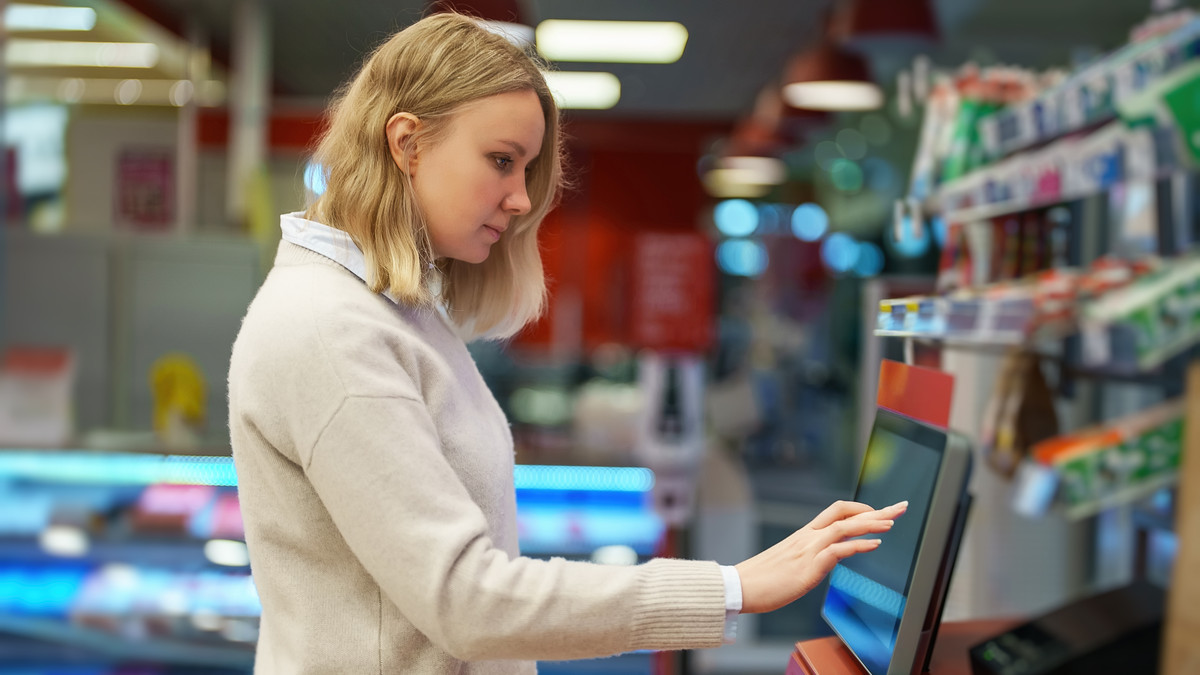E-commerce hasn’t killed retail — it’s just transformed it.
For years we’ve been hearing that retail is dead, and the rash of store closures in cities across the country would seem to confirm the trend. The local mall no longer serves as a de facto community hub, if it’s even stayed open at all.
Given what we think we know, would it surprise you to learn that retail sales in 2021 were actually up more than 10% over the previous year, topping $4.44 trillion? Although fears of recession loom, the U.S. Bureau of Economic Analysis reports that both personal income and consumer spending continued to rise in June. And while e-commerce may be an unstoppable force, much of this consumer spending is still happening in brick-and-mortar stores.
That said, there’s no question that the retail experience is changing — and must continue to change. E-commerce growth and tech developments, in general, have transformed customer expectations. I always advise my clients to meet customers where they are, and where retail shoppers are right now is standing in an aisle, smartphone in hand, comparing prices and reading online reviews. Technology has become an integral part of the retail experience, and retailers would be fools to ignore that.
Luckily, they aren’t fools. Whether saving their customers time or offering them unique experiences, retailers are incorporating technology to improve the customer experience. Here are three ways they’re doing it:
1. Smart screens digitize the in-store experience – You probably remember the first time you went to fill your soda cup at your favorite fast-casual spot and found yourself facing a dizzying digital array of fountain soda choices. Smart screens are on the march, and they’re not just in restaurants anymore.
Clothing retailers are using touchscreens to help customers build their wardrobes, while furniture stores use similar tech to let shoppers design rooms in their homes. Smart screens can offer retail customers what they love about online shopping — plentiful product information, eye-catching photos and on-the-spot promotions — in an in-store setting.
Consider the cooler aisle at Walgreens, where high-resolution smart screens from Cooler Screens have transformed the drugstore chain’s fridge and freezer doors. Shoppers no longer have to brave an icy blast — they can see the beverages and frozen treats inside at a glance without even opening the door. Plus, they can get calorie counts and take advantage of instant deals—and soon will also see customer ratings and reviews.
Data showed that 90% of Walgreens customers prefer the new smart screen cooler doors to the traditional kind. For retailers looking to bridge the online/in-store gap, smart screens present the opportunity to both accomplish some point-of-sale digital marketing and enhance the customer experience.
2. Click-and-collect services save time – Another way retailers are meeting their customers’ hybrid shopping expectations is by beefing up their click-and-collect capabilities. Buying items online and picking them up in person offers consumers the best of both shopping worlds. They can browse a store’s product selection on their desktop or phone, and once their order is assembled, there’s no wait or shipping expense. Curbside pickup goes one better by allowing people to order products online and pick them up without stepping foot in the store.
I admit it’s not rocket science, but I believe that high-quality customer service depends on listening to what customers want, and many of them clearly value this hassle-free shopping experience. The 2022 Click-and-Collect Forecast shows that U.S. buyers will spend $95.87 billion via click-and-collect this year, a 19.4% increase over 2021. Retailers that expand their click-and-collect offerings stand to increase revenue by giving customers more of what they want.
Enabling this experience requires an up-to-date e-commerce website that’s optimized for mobile. Furthermore, retailers will need to achieve seamless integration between their online shopping platforms and on-the-ground operations. Many are already adapting by adding more parking spaces for click-and-collect customers and hiring more personal shoppers to gather orders.
3. Self-service improves convenience – Another thing the e-commerce revolution has changed is customers’ expectations of self-service. From product page to shopping cart to checkout, the typical online shopping experience is a solo affair. While a retail store offers the possibility of assistance from a real person, many shoppers would rather take care of themselves. Smart retailers are using tech to let them.
Digital self-service kiosks help in-store shoppers get their bearings, look up product information, scan prices and see whether the item they want is in stock — and order it on the spot if it’s not. Retailers’ mobile apps enable customers to locate products, read reviews, compare prices and pounce on in-store discounts. By offering the right tech assistance, retailers give their customers a sense of control.
When customers think of self-service, self-checkout is usually the first thing that comes to mind, but even that is evolving. Going beyond the usual “Scan your first item and put it in the bag,” Amazon has launched fully autonomous checkouts. In its Amazon Go stores, customers scan a barcode going in and get charged electronically for purchased items as they leave. Instead of making customers do more work, Amazon employs its “Just Walk Out” technology to make customers’ lives easier and the retail experience friction-free.
Technology has greatly impacted people’s lives, and the retail setting is no exception. Retailers that use tech to improve the customer experience will see increased profit and customer satisfaction. Research has shown that experiences increase happiness more than things, so retailers that can provide both are setting themselves up for success.
This article was written by Shep Hyken from Forbes and was legally licensed through the Industry Dive Content Marketplace. Please direct all licensing questions to legal@industrydive.com.
![]()



